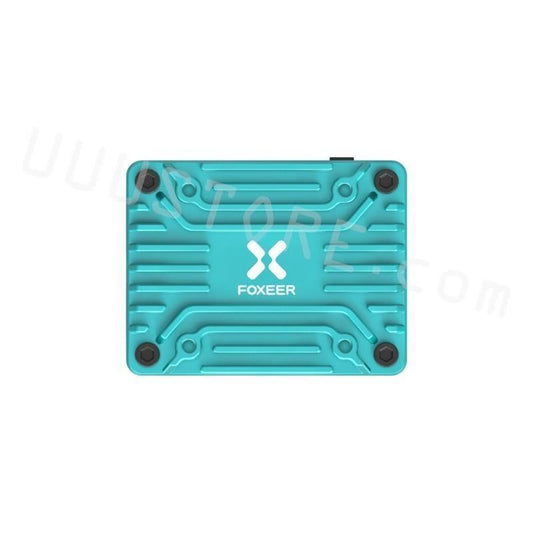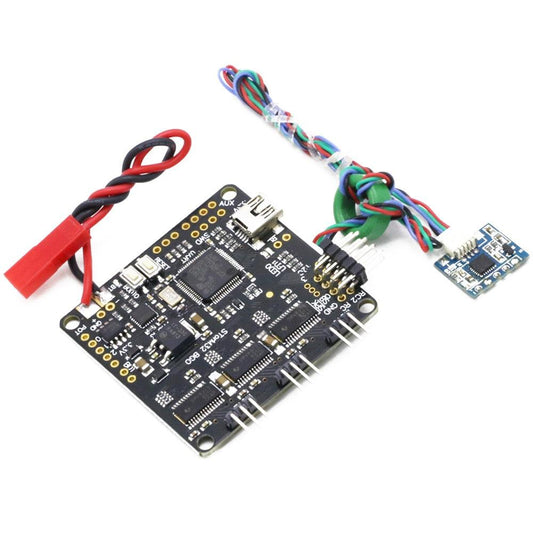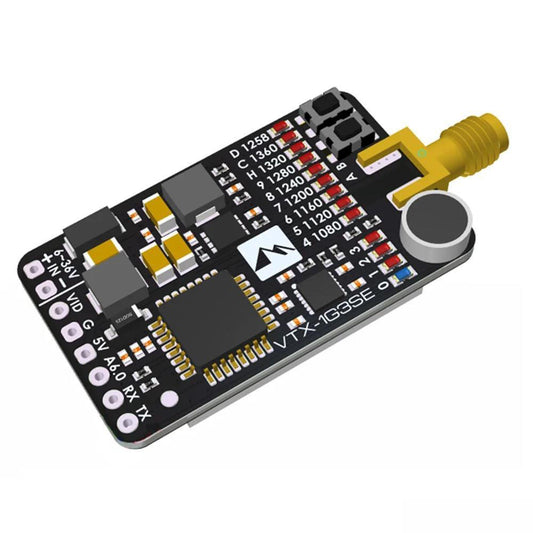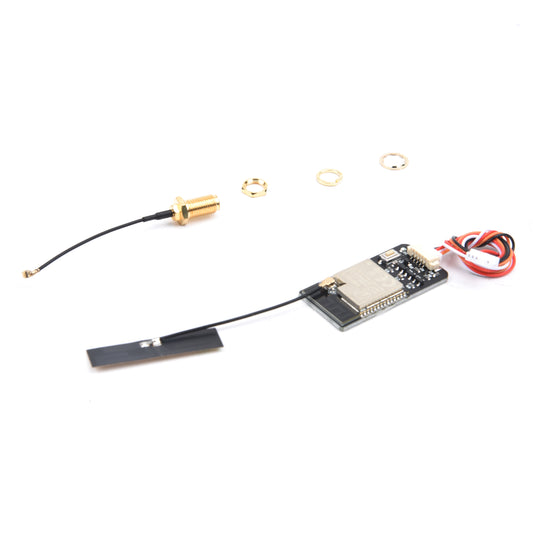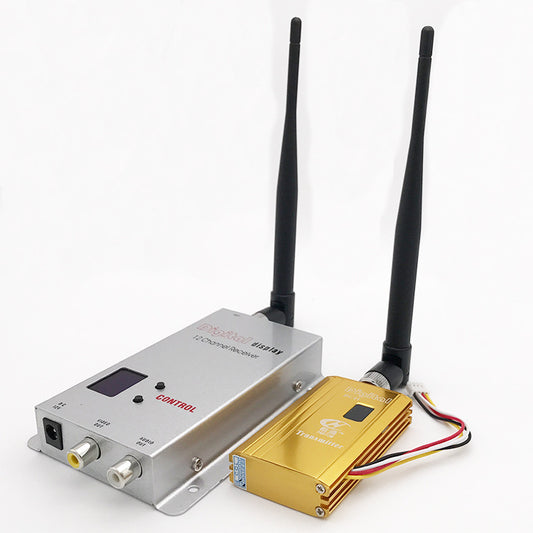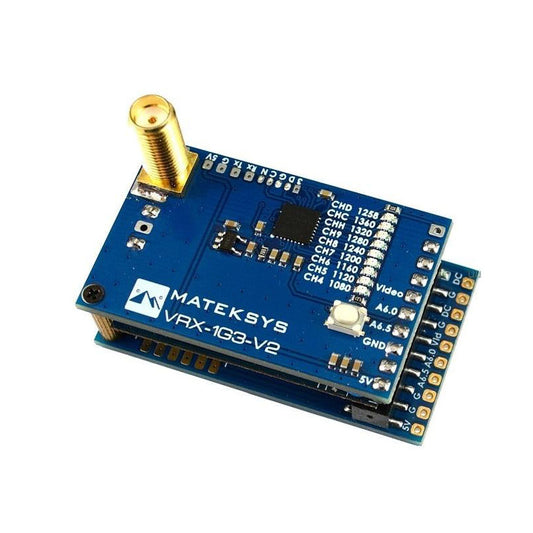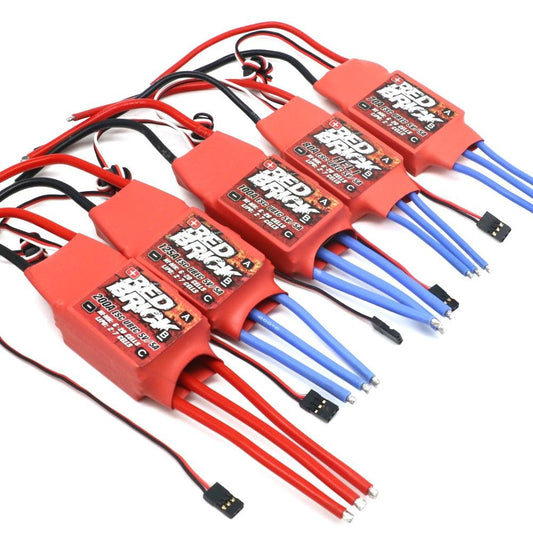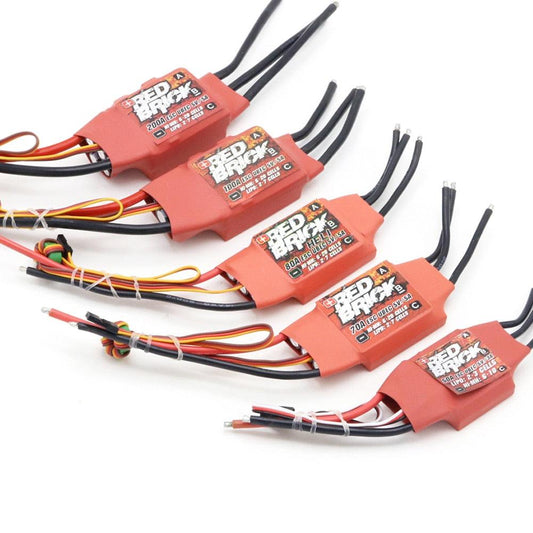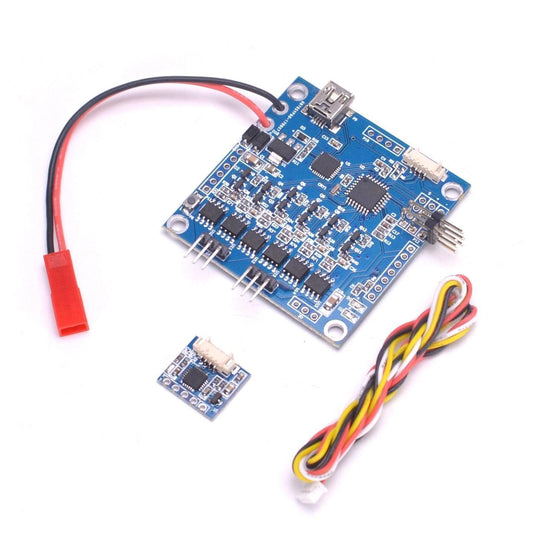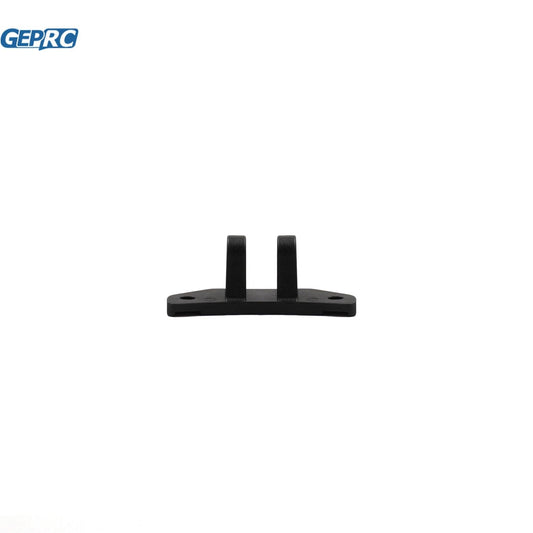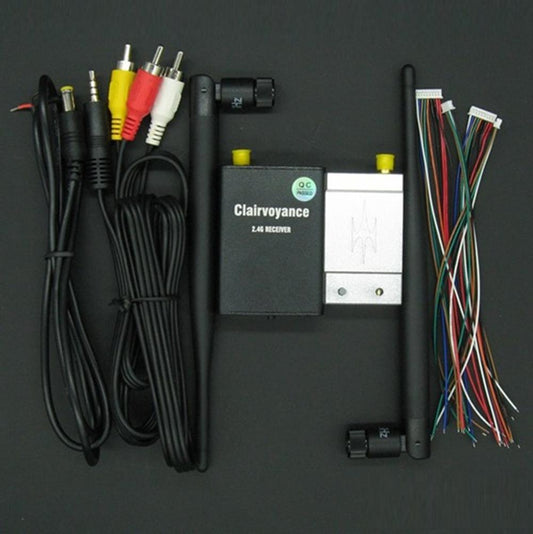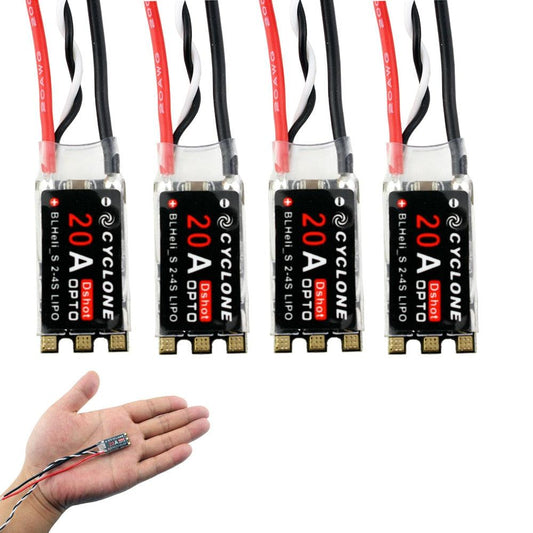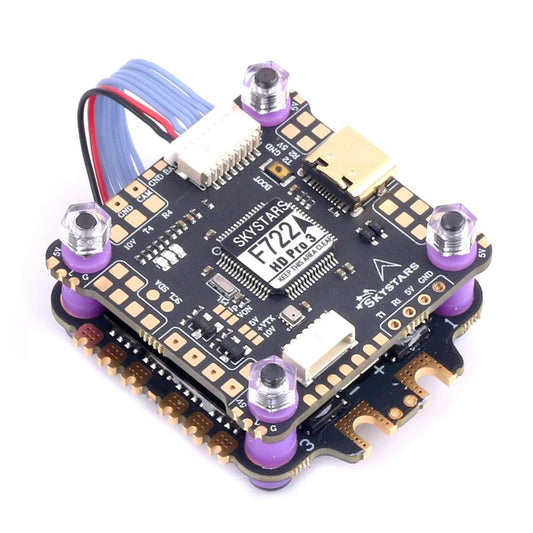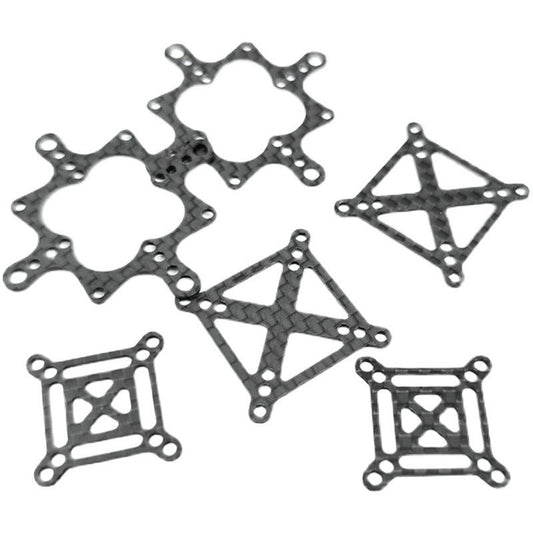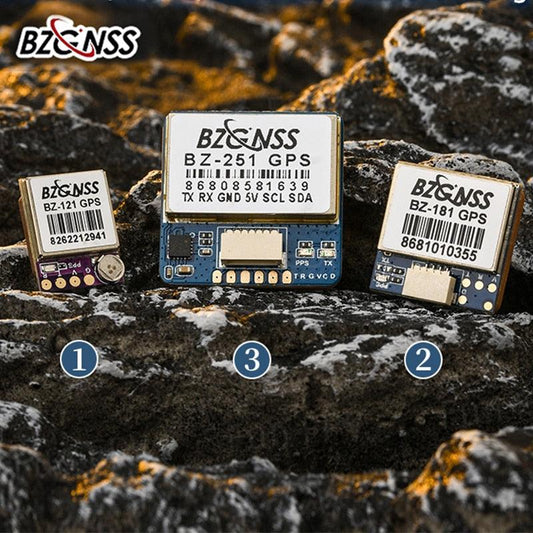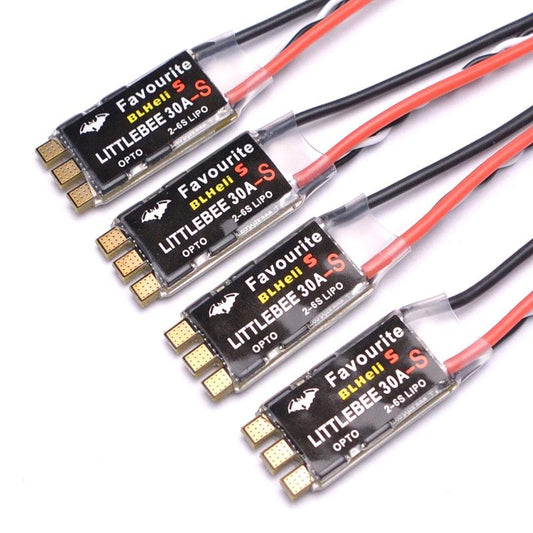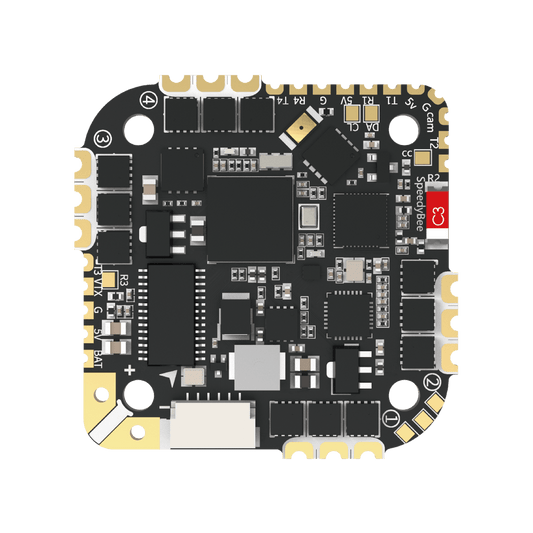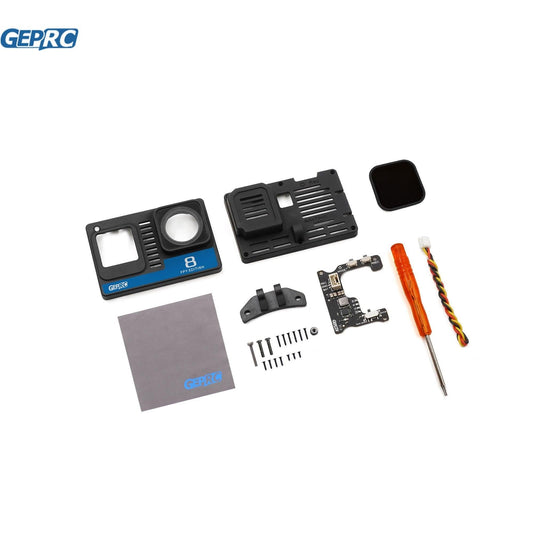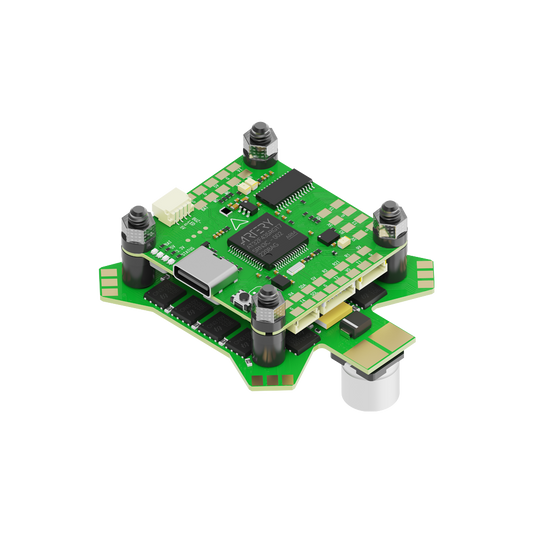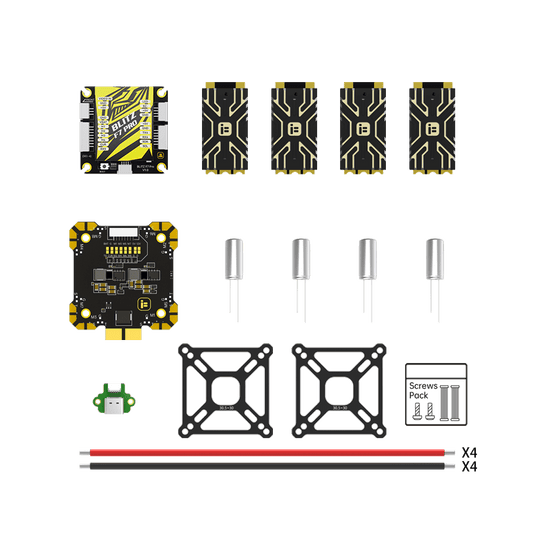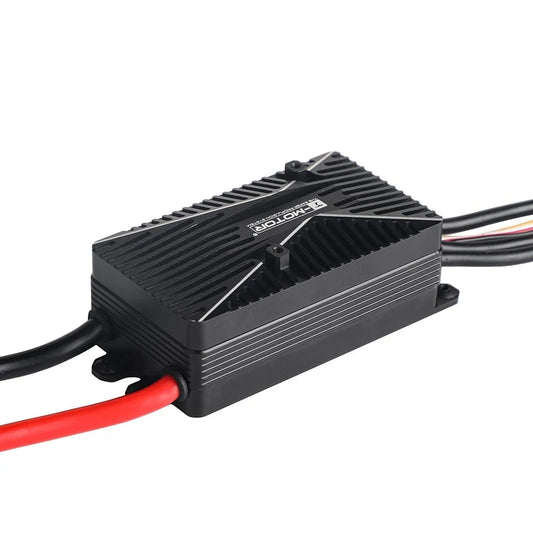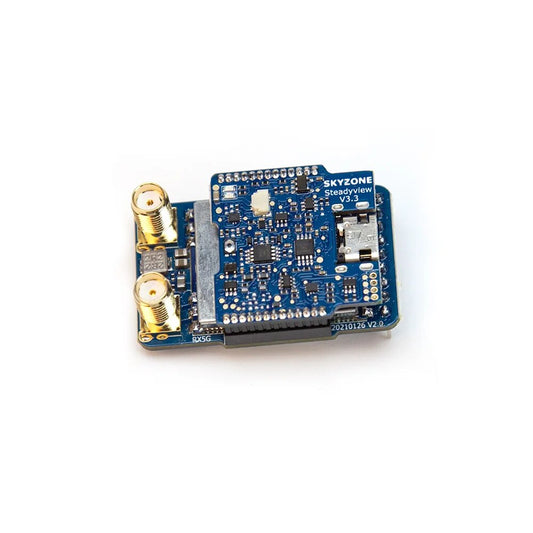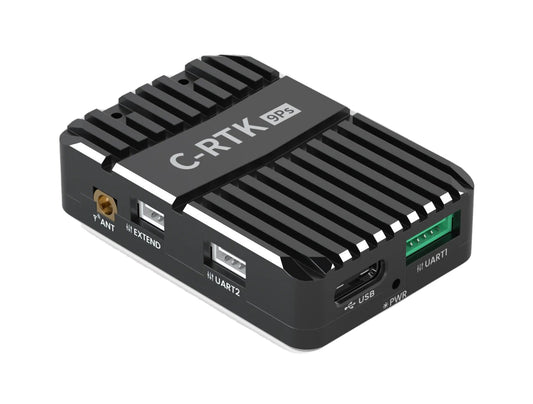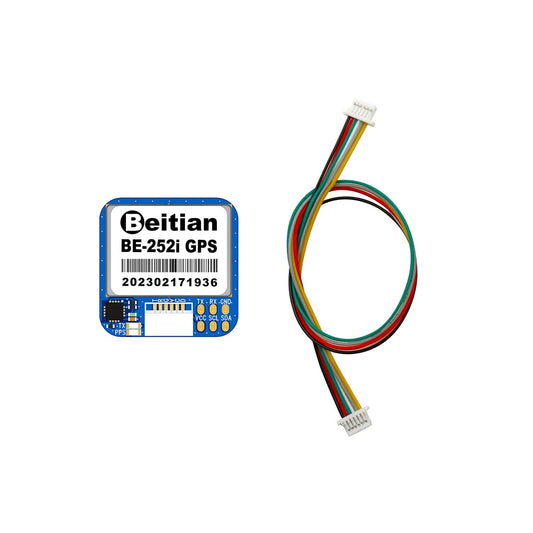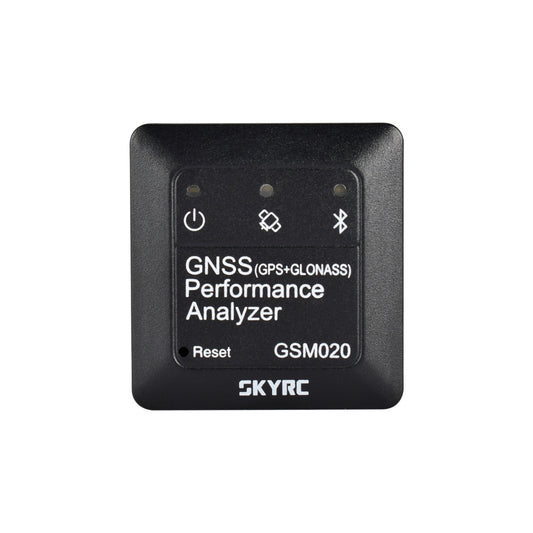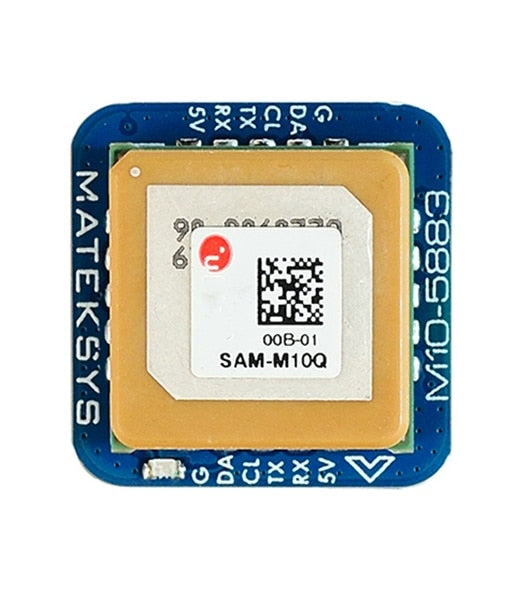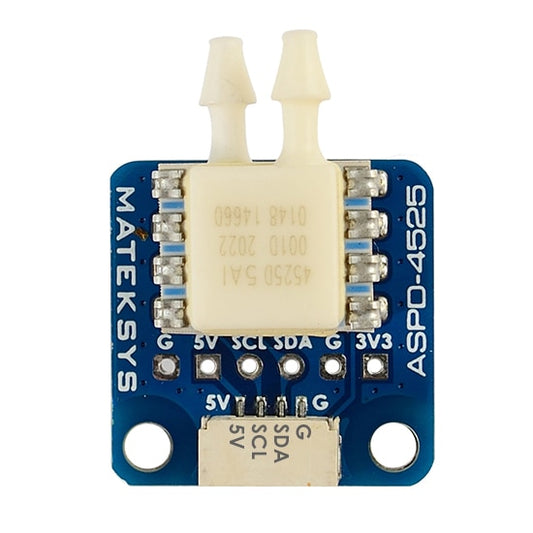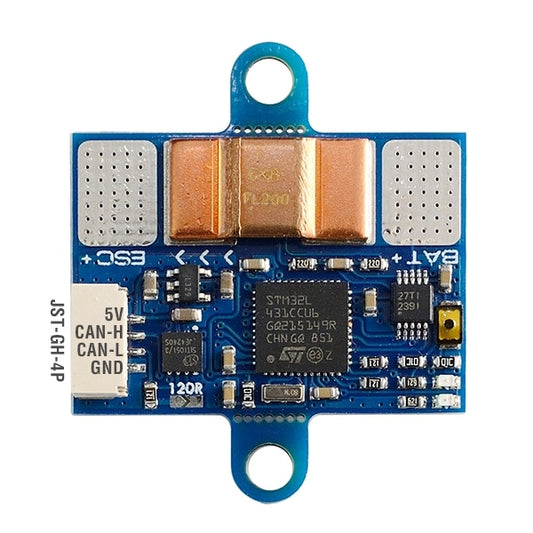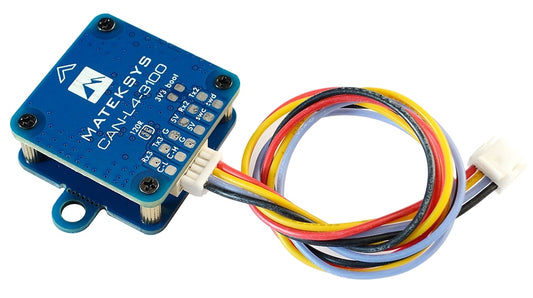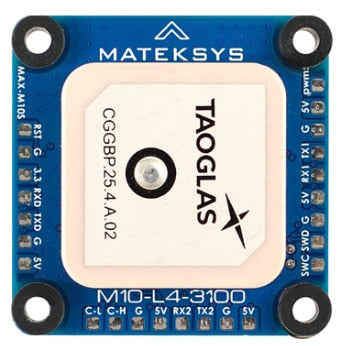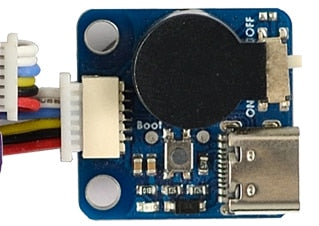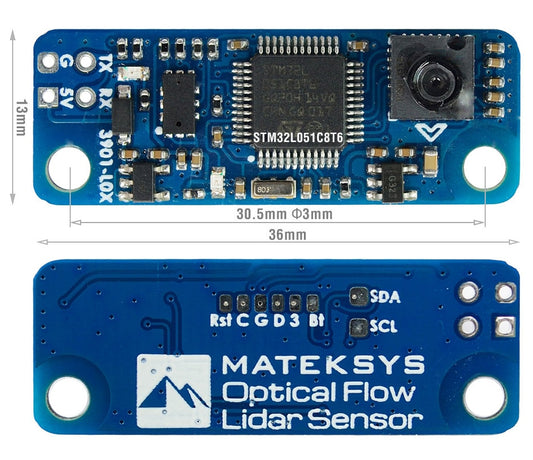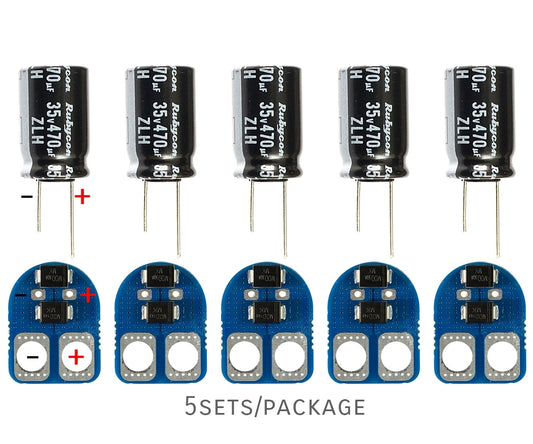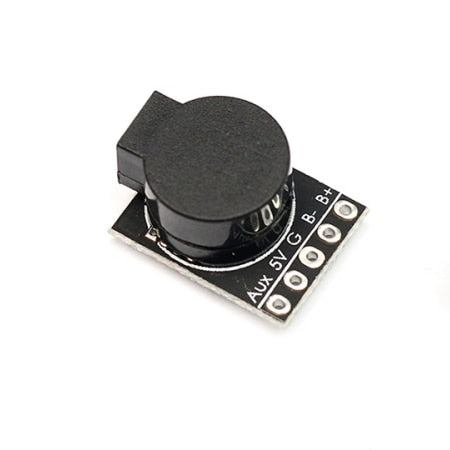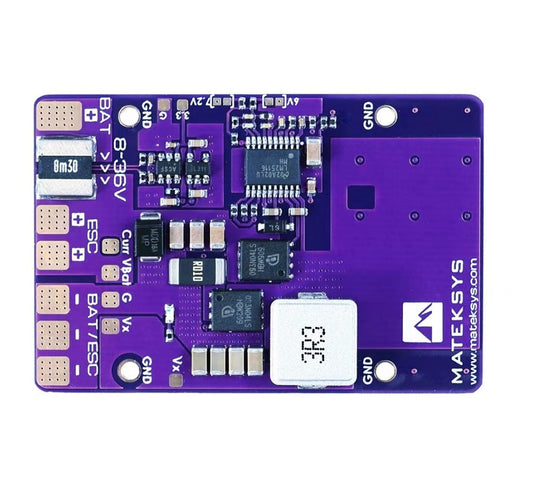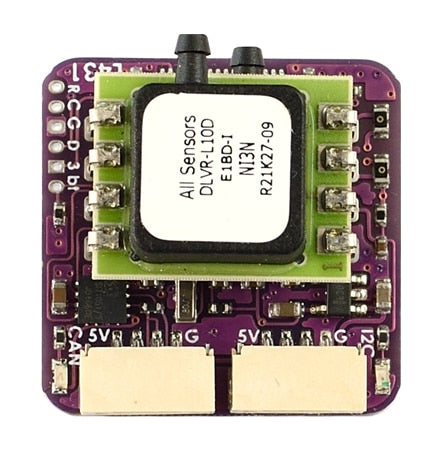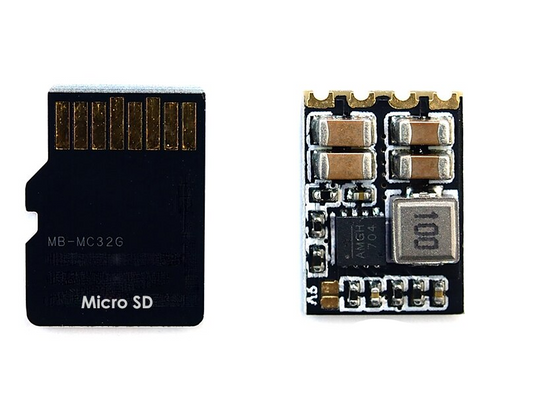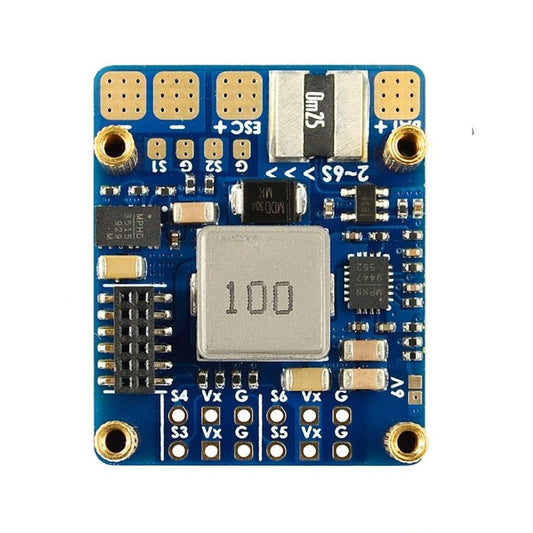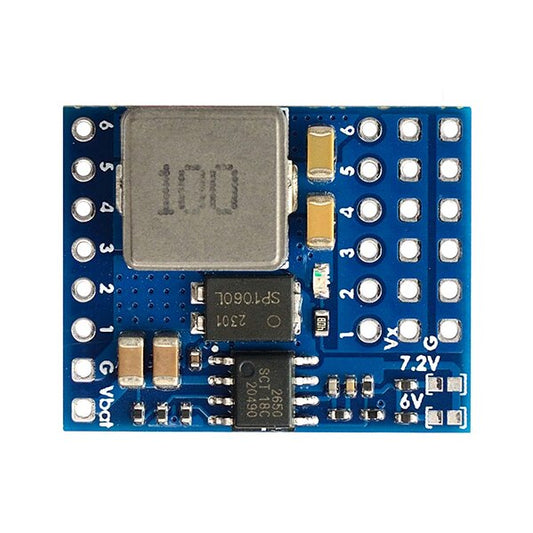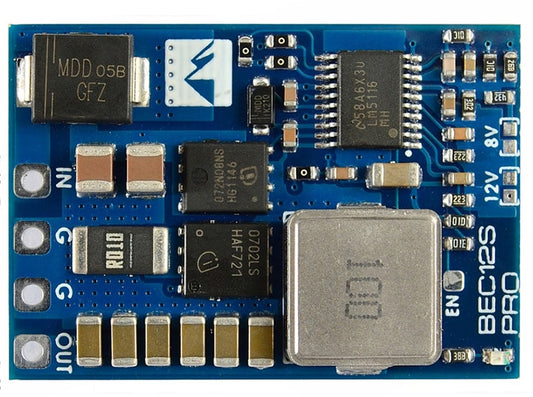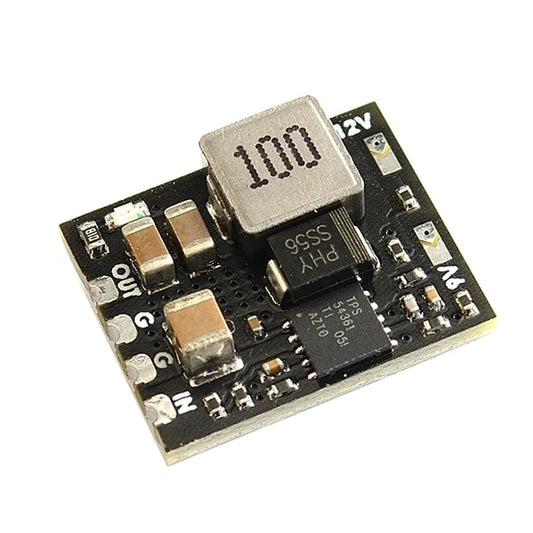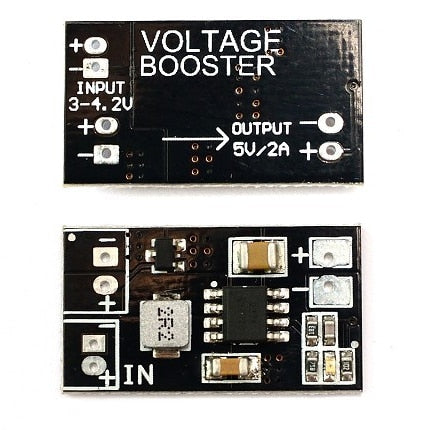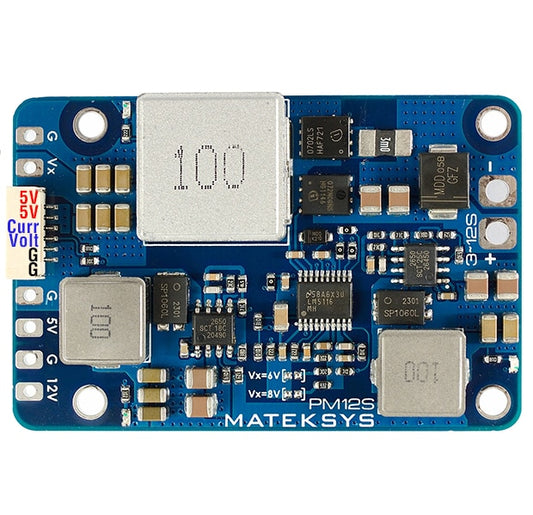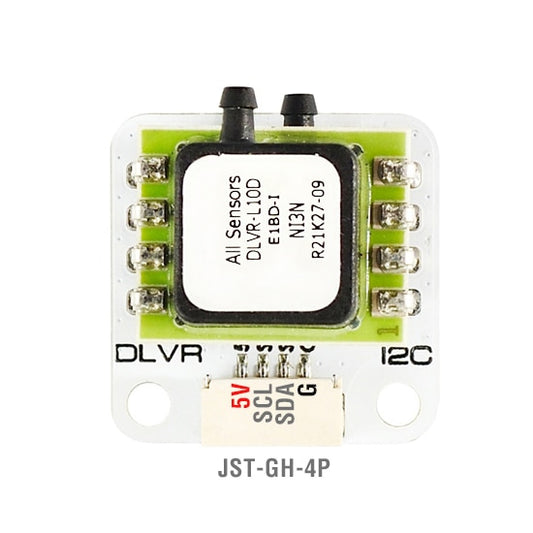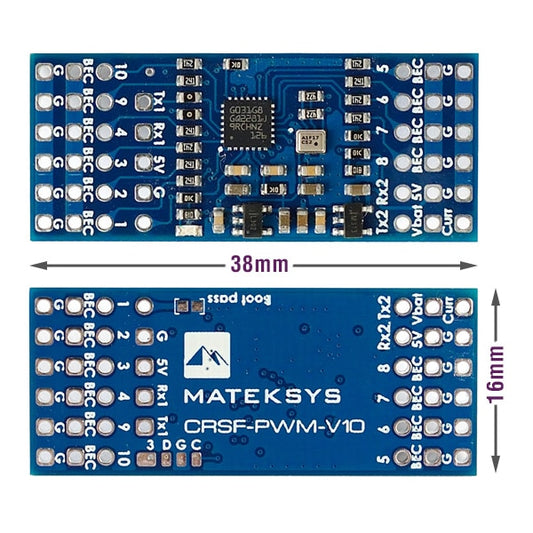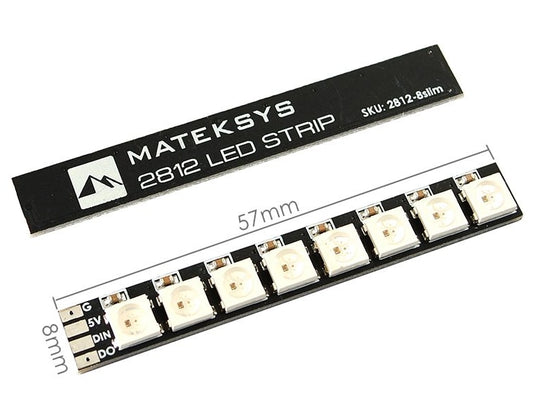-
Foxeer Reaper Extreme Transmitter - 5.8GHz Pit/25mW/200mW/500mW/1.5W/2.5W 2500mW 40CH VTX FPV Transmitter For Long Rang RC Drone Airplane
Regular price $81.93 USDRegular priceUnit price per$122.89 USDSale price $81.93 USDSale -
Storm32 BGC 32Bit 3-Axis Brushless Gimbal Controller - V1.31 DRV8313 Motor Driver For RC Gimbal FPV Drone Quadcopter Toy
Regular price $38.20 USDRegular priceUnit price per -
Matek System VTX-1G3SE-9 Transmitter - 1.2G/1.3GHz 9CH INTL 0.1mW/25mW/200mW/800mW FPV Transmitter For racing drone Goggles instead VTX-1G3-9
Regular price $72.48 USDSale price $72.48 USDUnit price perSold out -
Wireless Wifi Radio Telemetry Module - With Antenna for New MAVLink2 for Pixhawk APM Flight Controller FPV Drone Smartphone Table
Regular price From $22.28 USDRegular priceUnit price per$35.65 USDSale price From $22.28 USDSale -
1.2G 1.5W 8CH VTX / 12CH VRX - 1.2GHZ 1500mW 8Channel Wireless FPV Tranmsitter and 12 Channel Receiver Professional Kit for CCCTV DJI Phantom
Regular price From $53.57 USDRegular priceUnit price per$74.87 USDSale price From $53.57 USDSale -
MATEKSYS VRX-1G3-V2 Receiver - 1.2Ghz 1.2g 9CH Wide band FPV Video Receiver for RC Drone Goggles Monitor Long range Matek System
Regular price $129.49 USDRegular priceUnit price per$93.73 USDSale price $129.49 USD -
Red Brick 50A/70A/80A/100A/125A/200A Brushless ESC Electronic Speed Controller 5V/3A 5V/5A BEC for FPV Multicopter Drone
Regular price From $25.72 USDRegular priceUnit price per$41.15 USDSale price From $25.72 USDSale -
Red Brick 50A 70A 80A 100A 125A 200A Brushless ESC Electronic Speed Controller 5V/3A 5V/5A BEC for FPV Multicopter
Regular price From $19.86 USDRegular priceUnit price per$33.76 USDSale price From $19.86 USDSale -
2-Axis Gimbal Controller Board - NEW BGC 3.12 MOS Large Current Brushless Gimbal Controller Board Driver Alexmos 2.2b2 for FPV Camera
Regular price $26.76 USDRegular priceUnit price per$42.82 USDSale price $26.76 USDSale -
GEPRC Naked GoPro Hero 8 Base - Suitable For Install GoPro Hero 8 Additional Camera For DIY RC FPV Quadcopter Freestyle Drone
Regular price $18.72 USDRegular priceUnit price per$29.95 USDSale price $18.72 USDSale -
GEPRC Recording Camera Loris 4K Coaxial Cable - Suitable For tinygo Drone Series RC FPV Quadcopter Accessories parts
Regular price $12.80 USDRegular priceUnit price per$25.60 USDSale price $12.80 USDSale -
CT210+CR800 TX RX Combo - 50KM Long Range 2.4GHz 2.4G FPV 1W 1000mw AV Wireless Transmission Telemetry Transmitter Receiver
Regular price $112.98 USDRegular priceUnit price per$169.46 USDSale price $112.98 USDSale -
BLHeli Cyclone 20A BLHeli_S ESC DSHOT 20A ESC BLHeli S Speed Controller 2-4S for FPV Raing Drone Quadcopter 210 Frame
Regular price From $13.14 USDRegular priceUnit price per$26.28 USDSale price From $13.14 USDSale -
Skystars F7 F722HD PRO3 Flight Controller Stack - OSD KO45/KO60 45A/60A 128K Blheli_32 3-6S ESC Stack 30.5mm FPV Racing Drone Quadcopt
Regular price From $69.14 USDRegular priceUnit price per$103.71 USDSale price From $69.14 USDSale -
FPV Racing Drone Flight Controller ESC Carbon fiber Adapter board ESC 30X30 To 25x25 20x20 16x16 M3 M2
Regular price From $15.38 USDRegular priceUnit price per$24.61 USDSale price From $15.38 USDSale -
BZGNSS BZ-121 BZ-181 BZ-251 Dual Protocol GPS Positioning Module Suitable FPV out of Control Rescue Fixed-wing Crossing Drones
Regular price From $19.99 USDRegular priceUnit price per$41.41 USDSale price From $19.99 USDSale -
FVT LittleBee - 30A-S 30A - S ESC BLHeli_S OPTO 2-6S Supports Mulitshot Oneshot42 OneShot125 FPV Drone Electronics
Regular price From $19.15 USDRegular priceUnit price per$28.73 USDSale price From $19.15 USDSale -
SpeedyBee F745 35A BLS 25.5x25.5 AIO Flight Controller
Regular price $114.99 USDRegular priceUnit price per -
GEPRC Naked GoPro Hero 8 Case - With BEC Board 2S-6S ND16 Filter Accessories Suitable For RC DIY FPV Quadcopter Freestyle Drone
Regular price $55.61 USDRegular priceUnit price per$83.41 USDSale price $55.61 USDSale -
iFlight BLITZ ATF435 Stack - ATF435 Flight Controller + E55S 4-IN-1 2-6S ESC
Regular price $79.00 USDRegular priceUnit price per -
iFlight BLITZ F7 Pro Combo Set (E80 Single ESC) - BLITZ F7 Pro Flight Controller BLITZ E80 Single ESC with CNC Alum Cover
Regular price From $380.00 USDRegular priceUnit price per -
T-MOTOR AT195A ESC - Electronic Speed Controller Suitable for VTOL with 2.2-4.6m wingspan and take-off weight 25-60kg LCD visual parameter
Regular price $620.54 USDRegular priceUnit price per$744.65 USDSale price $620.54 USDSale -
SKYZONE Steadyview/Rapidmix Receiver - for FPV Goggles 48CH 5.8Ghz V3.3 Hardware
Regular price From $37.74 USDRegular priceUnit price per$49.06 USDSale price From $37.74 USDSale -
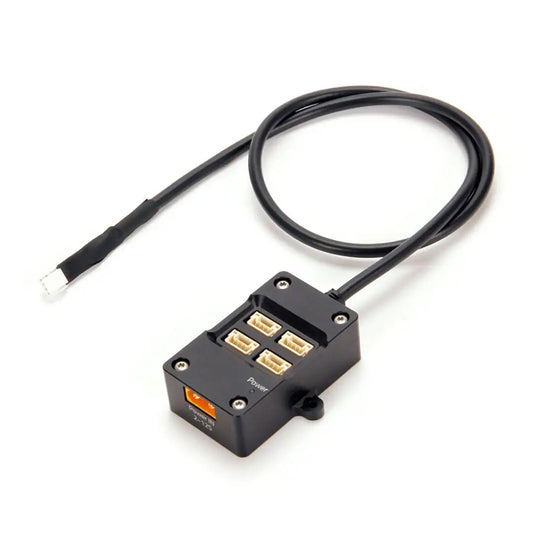
HolyBro CAN Hub 2-12S Powered CAN Port Expansion Module - Developed for Various Flight Controllers
Regular price $42.38 USDRegular priceUnit price per$63.57 USDSale price $42.38 USDSale -
CUAV Dual RTK 9Ps For Yaw GPS - Centimeter-level High Percision Precise Positioning Multi-Star Multi-Frequency GNSS Module
Regular price $1,552.31 USDRegular priceUnit price per$2,173.23 USDSale price $1,552.31 USDSale -
Beitian UBX-M10050 Wearable Flight Controller - FPV RC Drone UAV PX4 PIX32 GNSS GPS antenna Receiver Module BE-122 BE-182 BE252i
Regular price From $15.91 USDRegular priceUnit price per$31.82 USDSale price From $15.91 USDSale -
SKYRC GSM020 GNSS Performance Analyzer - Power Bluetooth-compatible APP GPS Speed Meter for RC Car Helicopter FPV Drone SK-500023
Regular price $76.05 USDRegular priceUnit price per$114.07 USDSale price $76.05 USDSale -
MATEK M10Q-5883 - Mateksys GPS & COMPASS MODULE
Regular price $64.10 USDRegular priceUnit price per$96.16 USDSale price $64.10 USDSale -
MATEK ASPD-4525 - Mateksys DIGITAL AIRSPEED SENSOR
Regular price $73.42 USDRegular priceUnit price per$110.13 USDSale price $73.42 USDSale -
MATEK CAN-L4-BM - Mateksys AP_PERIPH CAN DIGITAL POWER MONITOR
Regular price $49.54 USDRegular priceUnit price per$74.32 USDSale price $49.54 USDSale -
MATEK RM3100 RM3100 - Mateksys AP_PERIPH CAN MAGNETOMETER DroneCAN protocol
Regular price $62.55 USDRegular priceUnit price per$93.83 USDSale price $62.55 USDSale -
MATEK M10-L4-3100 GPS Module - Mateksys AP_PERIPH GNSS u-blox MAX-M10S RM3100
Regular price $126.19 USDRegular priceUnit price per$189.29 USDSale price $126.19 USDSale -
MATEK Mateksys FC USB Extender w/Passive Buzzer, side sound. USB-BZ-PAS
Regular price $18.08 USDRegular priceUnit price per$36.17 USDSale price $18.08 USDSale -
MATEK 3901-L0X - Mateksys OPTICAL FLOW & LIDAR SENSOR
Regular price $49.54 USDRegular priceUnit price per$74.32 USDSale price $49.54 USDSale -
MATEK Mateksys VOLTAGE SPIKES FILTER, XT60-TVS
Regular price $16.27 USDRegular priceUnit price per$32.55 USDSale price $16.27 USDSale -
MATEK Mateksys Lost Model Beeper & FPV FC 5V Loud Buzzer
Regular price $12.65 USDRegular priceUnit price per$25.30 USDSale price $12.65 USDSale -
MATEK Mateksys H743-WING-V2,V3 Bottom PDB
Regular price $41.12 USDRegular priceUnit price per$61.68 USDSale price $41.12 USDSale -
MATEK Mateksys DIGITAL AIRSPEED SENSOR ASPD-DLVR
Regular price $139.39 USDRegular priceUnit price per$195.14 USDSale price $139.39 USDSale -
MATEK Mateksys MICRO BEC 6-30V TO 5V9V-ADJ
Regular price $21.71 USDRegular priceUnit price per$43.41 USDSale price $21.71 USDSale -
MATEK Mateksys F411-WTE/F405-WMN Bottom PDB
Regular price $33.09 USDRegular priceUnit price per$56.26 USDSale price $33.09 USDSale -
MATEK Mateksys SERVO PDB W/ BEC 5.5-36V TO 5-8.2V
Regular price $19.90 USDRegular priceUnit price per$39.79 USDSale price $19.90 USDSale -
MATEK Mateksys BEC12S-PRO 9-55V TO 5V/8V/12V-5A
Regular price $37.24 USDRegular priceUnit price per$55.86 USDSale price $37.24 USDSale -
MATEK Mateksys MICRO BEC 6-60V TO 5V9V12V-ADJ
Regular price $19.90 USDRegular priceUnit price per$39.79 USDSale price $19.90 USDSale -
MATEK Mateksys Voltage Booster, 1S Li to 5V
Regular price $16.27 USDRegular priceUnit price per$32.55 USDSale price $16.27 USDSale -
MATEK PM12S-3 - Mateksys POWER MODULE
Regular price $73.42 USDRegular priceUnit price per$110.13 USDSale price $73.42 USDSale -
MATEK AS-DLVR-I2C - Mateksys DIGITAL AIRSPEED SENSOR
Regular price $126.19 USDRegular priceUnit price per$189.29 USDSale price $126.19 USDSale -
MATEK CRSF-PWM-V10 - Mateksys CRSF TO PWM CONVERTER
Regular price $27.30 USDRegular priceUnit price per$46.42 USDSale price $27.30 USDSale -
MATEK Mateksys 2812 LED STRIP, SLIM
Regular price $15.44 USDRegular priceUnit price per$30.87 USDSale price $15.44 USDSale
